
As the capital of one of the most football-mad countries around, it should come as no surprise to find such a breadth of professional clubs across London, representing the city's unique and diverse culture.
There stand at least 16 football stadiums in London, with teams up and down the football pyramid entertaining crowds on a regular basis. Home to the likes of Premier League giants Arsenal, Tottenham Hotspur and Chelsea, the capital also boasts some of the world's most recognisable venues.
The Tottenham Hotspur Stadium in particular is a standout, not just due to being the newest addition to London's football ground map, but also because it is one of the most expensive stadiums in the world.
London football stadiums also offer unparalleled variety. From the modern design philosophies of recent builds to the magnificent presence of Wembley or the historical charm of grounds such as Craven Cottage, it would be fair to say that each venue also acts as a cultural landmark in its own right.
Looking to check out some of the capital's stadiums for yourself? Football Ground Guide has you covered with the London football ground map below!
London football ground map
The key stadiums in London are:
- Premier League – Arsenal, Brentford, Chelsea, Crystal Palace, Fulham, Tottenham Hotspur, and West Ham United
- Championship – Millwall, Queens Park Rangers, Charlton and Watford
- League One – Leyton Orient
- League Two – AFC Wimbledon, Bromley, Barnet
Wembley Stadium – England national team
It will come as no surprise to learn that the largest stadium in England is Wembley. The ground has an impressive capacity of 90,000, and its large audiences are not only privy to football matches. Wembley hosts games of the England national football team, and the stadium is also the home of the FA Cup final and semi-finals, as well as numerous other cup competitions. Wembley has frequently been the staging ground for other events, including boxing and music festivals, with Taylor Swift having performed there in 2024.
The old Wembley stadium did not has such a capacity, and was not as suited to hosting major events, but a significant renovation was completed in place of the old site, and it was opened at a cost of more than £1.2 billion in today's money, if adjusted for inflation.
Moreover, Wembley Stadium is regarded as one of the most popular Champions League final venues. This year, Wembley is set to host the semi-finals and finals, further adding to the host of activities expected at the 90,000-capacity venue.
Tickets for matches at Wembley can always be booked online, noting that the venue is cashless. No cash payments are accepted, so the earlier you book your seat for the upcoming events, the better.
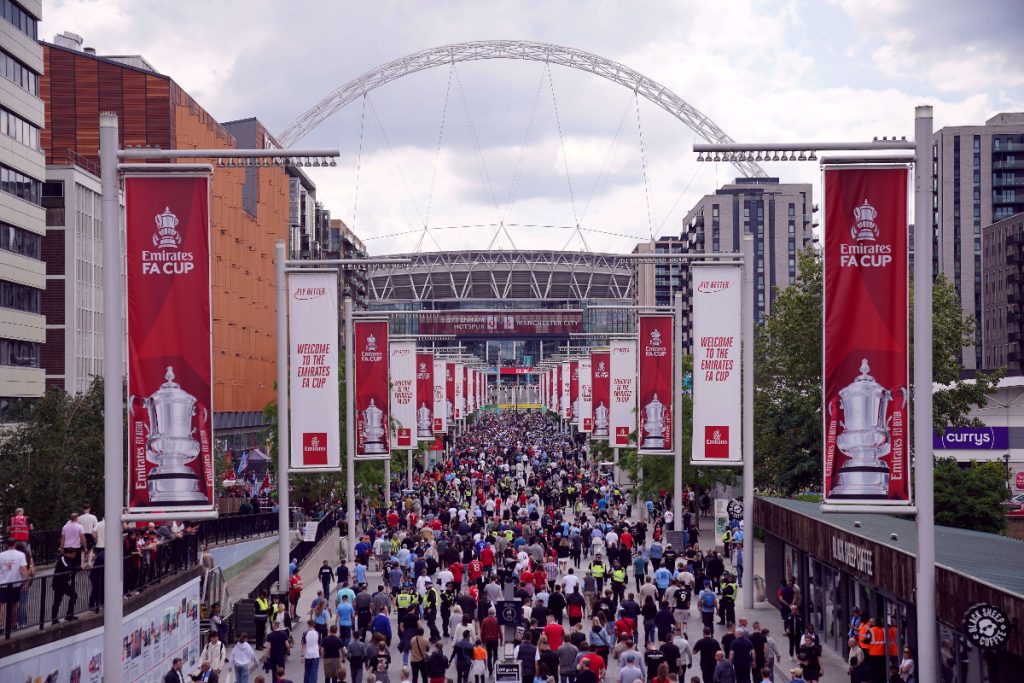
Tottenham Hotspur Stadium – Tottenham
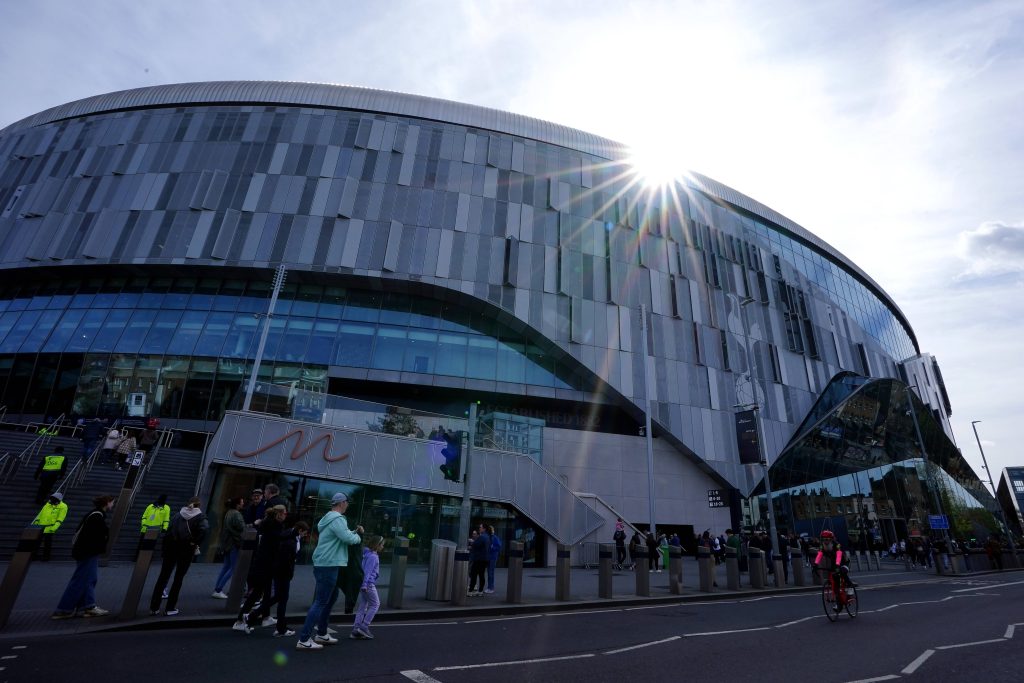
Tottenham spent a large part of its history at White Hart Lane but decided to move in 2019 to a brand-new stadium capable of hosting football matches and NFL games. This state-of-the-art ground featured retractable and dividing pitches. The stadium boasts a capacity of more than 62,000, making it the largest club football ground in London, and it is only second to the Wembley Stadium in terms of capacity.
The venue is widely regarded as one of the better stadiums in England, and it is arguably the best ground in the Premier League, though more memories will have to be made in it before it can be viewed in the same light as historic stadiums like Anfield or Old Trafford.
Moreover, Tottenham Hotspur Stadium is regarded as one of the best green stadiums in the world today. The venue utilises green energy to power its everyday activities and boasts zero emissions. The stadium is built so that matchgoers feel closer to it than ever.
Emirates Stadium – Arsenal
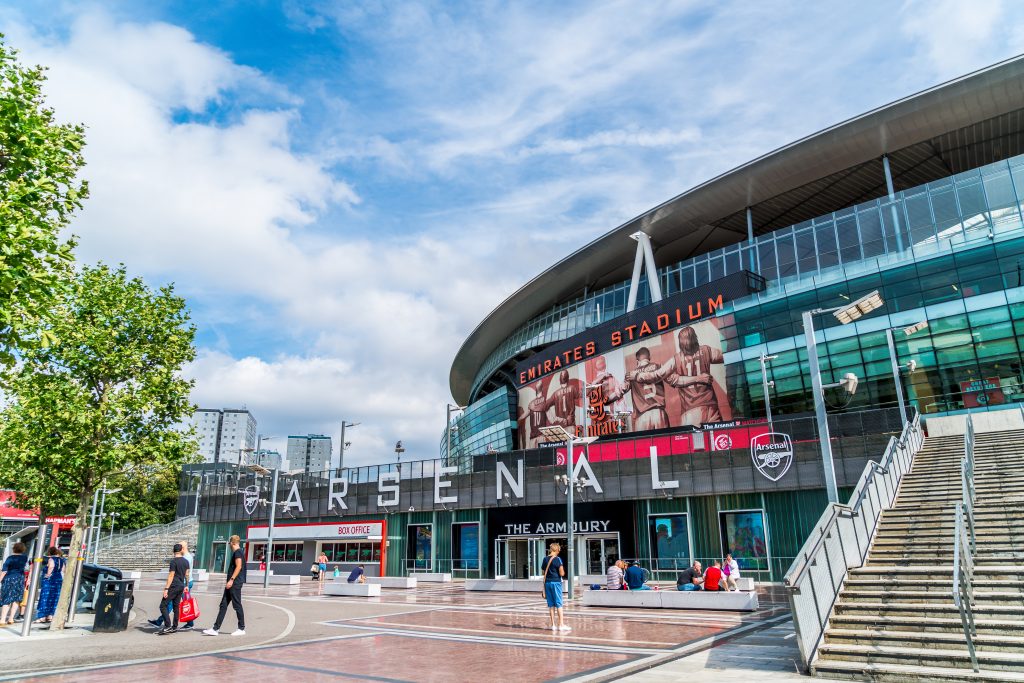
Arsenal were one of the first London clubs to move to a 60,000+ seater stadium. Just like Tottenham, the club spent most of their time at the Highbury Stadium, which was done away with to increase the stadium capacity to more than 60,000.
Ground construction was completed in 2004 at more than £400 million. The Emirates Stadium has quickly become one of the signature destinations in London, and it is located in the Highbury district of the London football ground map.
Many supporters of the club, perhaps correctly, argue that their new home cannot, and will not, ever replicate the atmosphere once seen at the Gunners' iconic Highbury home. However, it is worth noting that, during Mikel Arteta's tenure at the club, elevated performances on the pitch combined with a newfound connection between fans and players have seen the Emirates become a fortress once more.
There are now plans for the stadium to be expanded further with a figure of 80,000 reportedly being targeted.
London Stadium – West Ham United
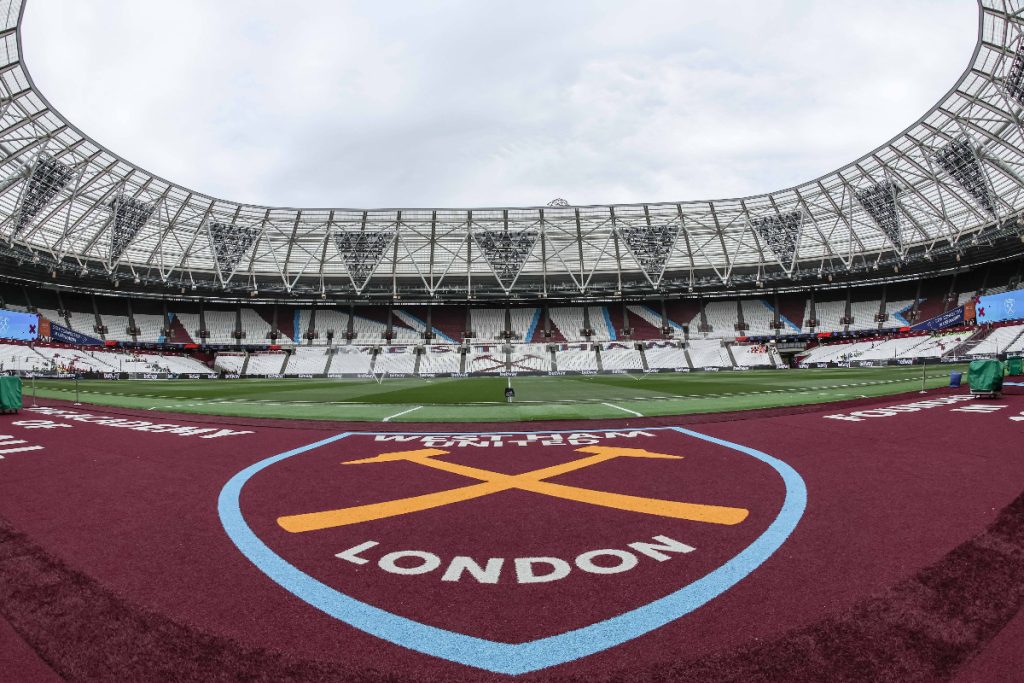
Located in Stratford, the London Stadium was initially built for the 2012 Olympics. However, West Ham has now used it in the Premier League. The multifaceted ground has a capacity that ranges from 60,000 to 80,000, depending on the event. It was opened in 2016 at a cost of more than £450 million.
Many club supporters have since criticised the move, stating that the new ground has failed to replicate the intense, intimidating atmosphere often conjured up at the Boleyn Ground.
Nine years later, and these valid sentiments remain. Away fans also despise the stadium as the away end is designed in such a way that it makes you feel like you are miles away from the action.
Stamford Bridge – Chelsea

Chelsea is one of the most successful clubs in England, but their ground, Stamford Bridge, is not one of the largest around. It is not large even in London. The capacity of Stamford Bridge is just over 40,000, but there are extensive plans to redevelop the ground to hold 60,000 spectators.
Stamford Bridge, one of London's oldest grounds, has a rich history. It was built in 1877 and is located near Hammersmith and Kensington.
The Blues' ownership has flirted with the idea of relocating to a bigger stadium on more than one occasion, but the Chelsea fans have banded together to stop this from happening every time. The supporters even own the stadium's freehold, giving them more say in the future of Stamford Bridge.
The Valley – Charlton Athletic
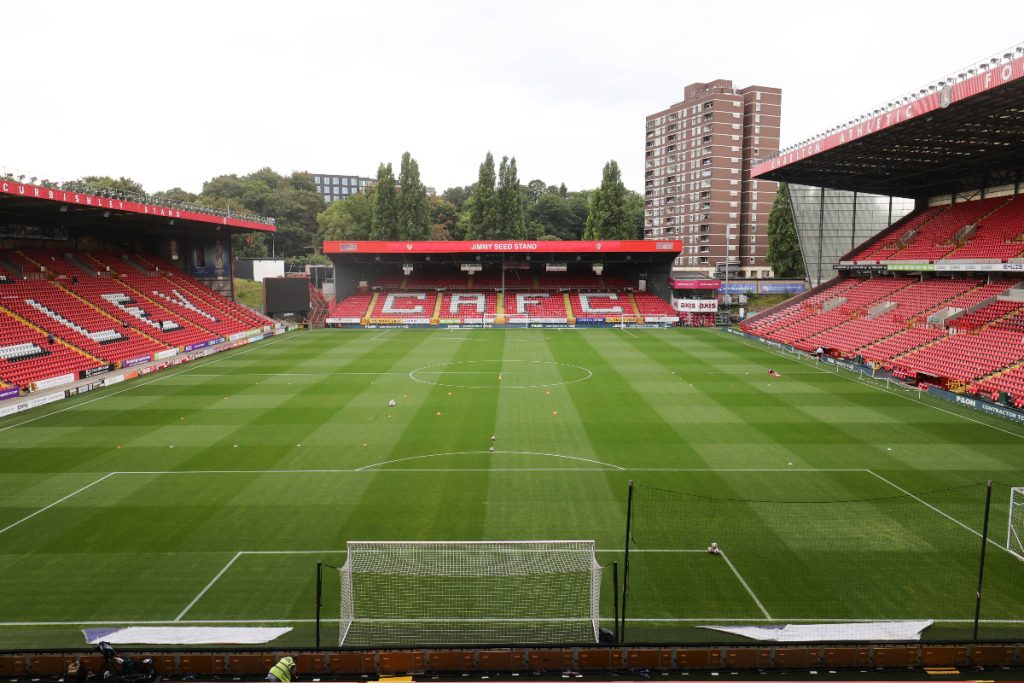
The Valley has been Charlton Athletic's ground since the 1920s. It has a capacity of just over 27,000. Since its construction in 1919, the ground has undergone numerous expansions and renovations. Most of the expansion jobs have taken place since the inception of the Premier League in 1992. The East, West, and North stands have been rebuilt. The ground is situated between the Greenwich and Woolwich regions of London.
Situated near the River Thames, some fans occasionally opt to make their way to the stadium via boat, providing a unique matchday experience.
Selhurst Park – Crystal Palace
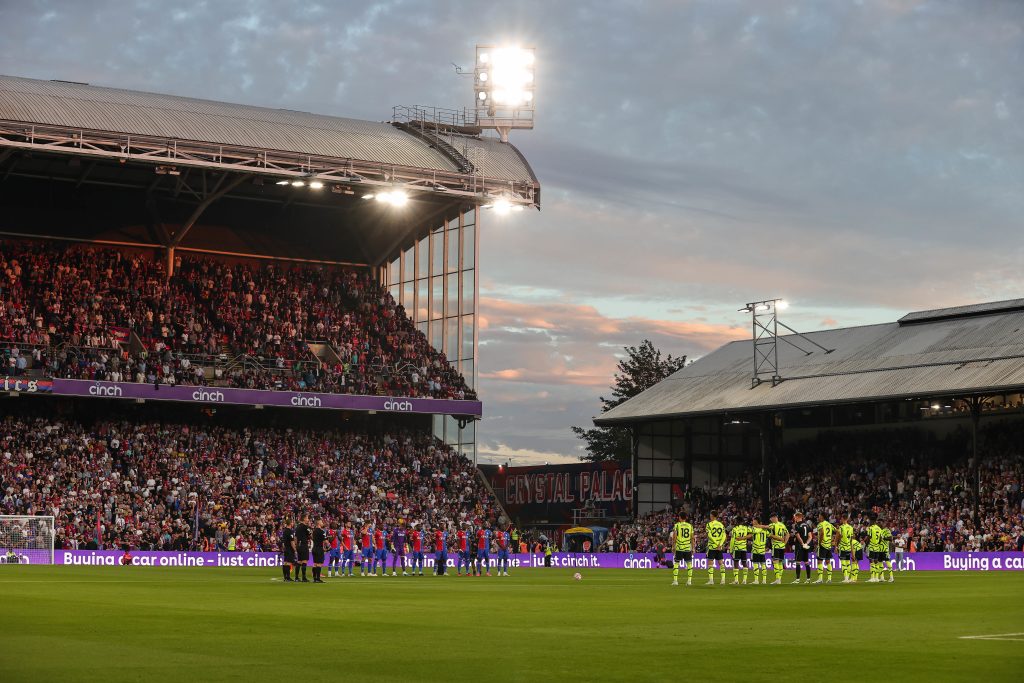
Crystal Palace have been playing at Selhurst Park for almost 100 years. It has been the home of the London outfit since 1924. Selhurst Park also briefly served as the home for Charlton Athletic and Wimbledon.
It is located in the South Norwood part of London. Apart from serving as the home of Crystal Palace, Charlton Athletic and Wimbledon have also been tenants of Selhurst Park in its 100+ years of existence.
It is far from the largest stadium in the country, but it is undeniably the staple of football in South London and an incredibly iconic ground within English football.
The atmosphere created at Selhurst Park is virtually always fantastic; however, for the very best experience possible, we recommend visiting a big midweek fixture under the lights – it rarely fails to impress.
Craven Cottage – Fulham
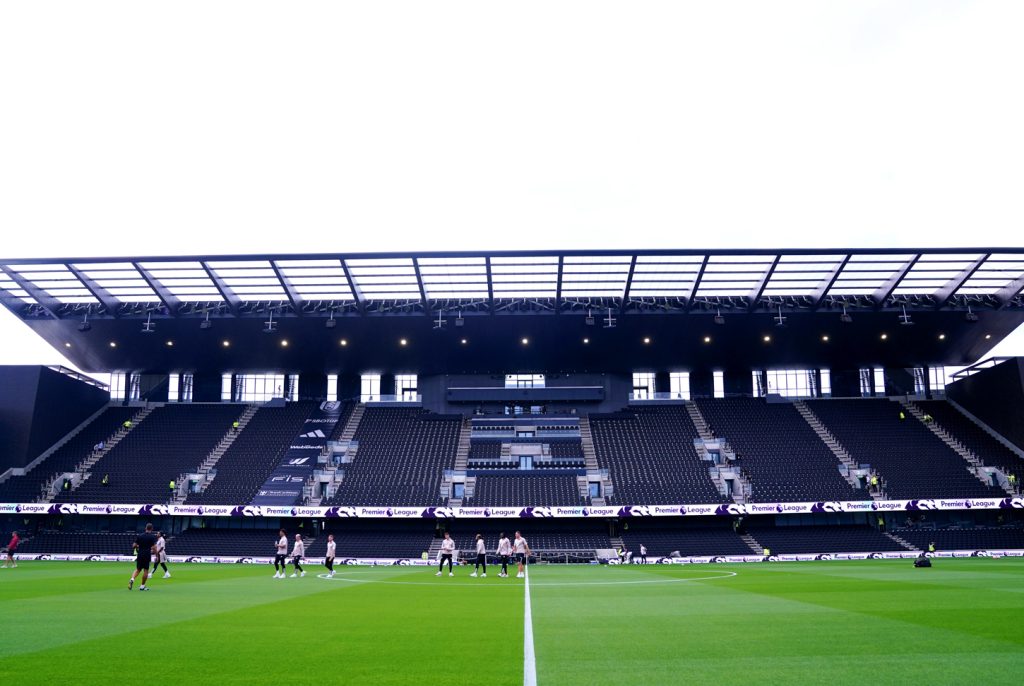
Fulham play their football at Craven Cottage, one of London's most iconic sites. The ground is situated on the banks of the River Thames, and it is located in the affluent SW6 postcode of the London football ground map.
The name of the ground is not surprising, as it was initially a cottage that was built in 1780. It was later transformed into a stadium in 1896 when Fulham decided to occupy it. The Cottagers have been playing games for more than 100 years at this iconic location. Now, the capacity of Craven Cottage is not very huge as it can hold just under 20,000 fans.
Vicarage Road – Watford
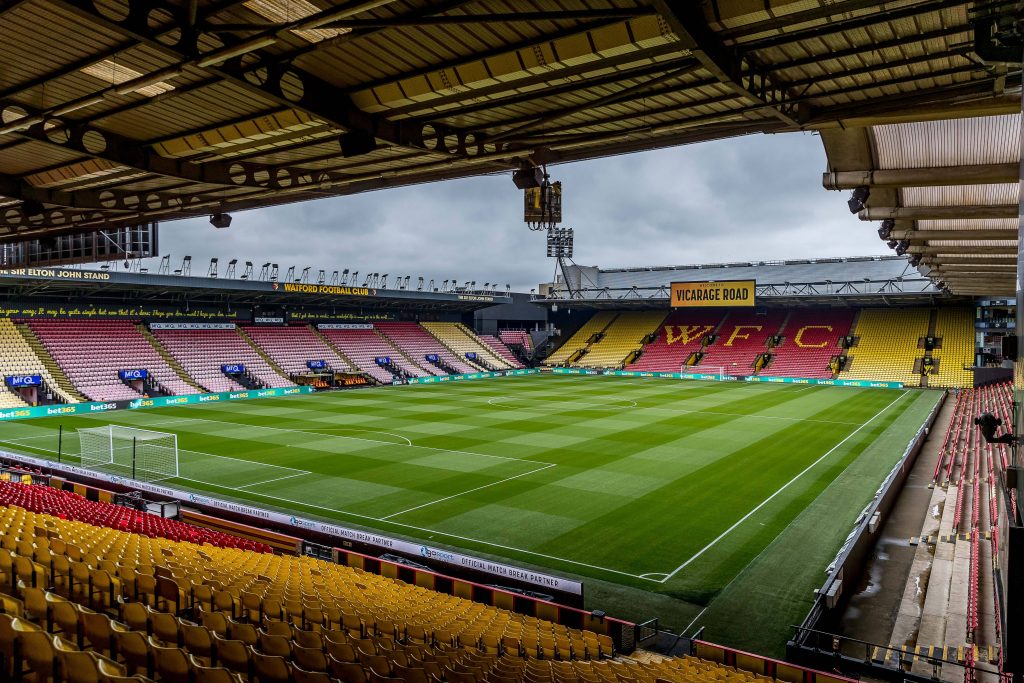
This may be a controversial inclusion given that many supporters won't consider Watford to be a London football club, but we've included them nonetheless.
Vicarage Road is the home of Watford, and it has a history of almost 100 years. For the majority of its existence, Vicarage Road has been the home of Watford, but it has also played this role to Wealdstone and Saracens for short periods. The ground has a capacity of just over 22,000 and is located in Watford, making it among the furthest from London on this list
The Den – Millwall
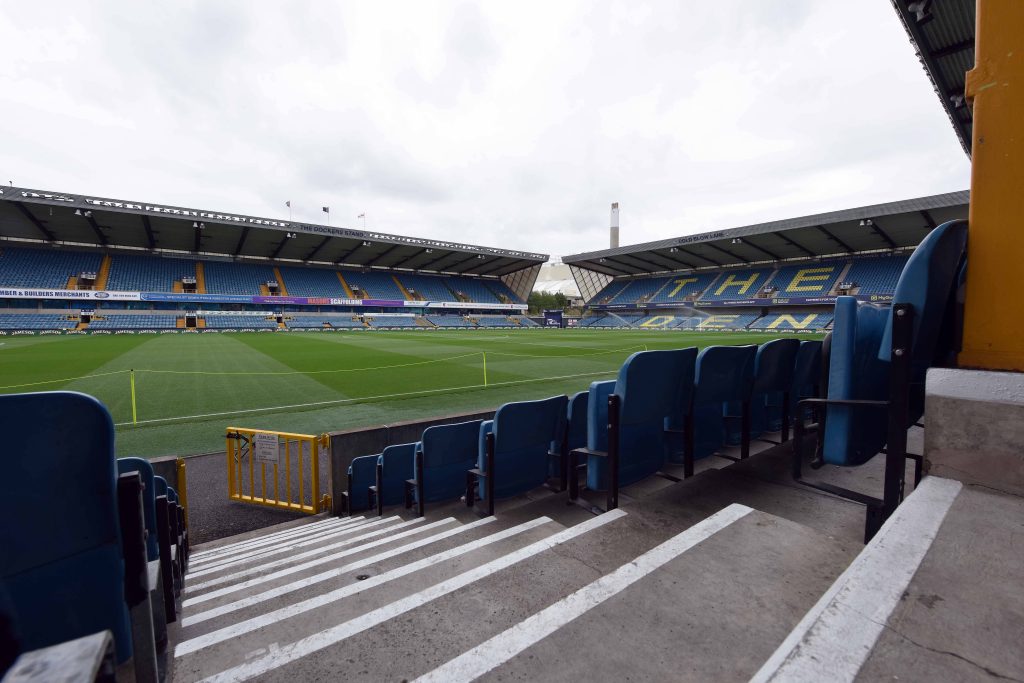
The Den is Millwall's home ground, with a capacity of just over 20,000. Located in the Bermondsey district of the London football ground map, it has been home to Millwall since 1993. The South Bermondsey railway station can be used to access the ground.
Given Millwall fans' less-than-ideal reputation cultivated over the years following the dark days of football hooliganism, although this stereotype is now extremely outdated, many opposition fans will be surprised to learn that The Den is a terrific venue.
Despite being relatively modern—it opened in 1993—it still adheres to a more traditional aesthetic, boasting four separate two-tiered stands. For that reason, the atmosphere on the ground is fantastic and worth a visit.
Loftus Road – Queens Park Rangers

The QPR home, Loftus Road, has been around since 1904. It is known for its hostile atmosphere because the stands are close to the pitch. The capacity of the ground is just over 18,000. It is located in the W12 postcode of the London football ground map.
It is a stadium that is often overlooked, particularly by Premier League fans, as there are two other West London-based clubs competing for supporters' attention—Chelsea and Fulham. However, Loftus Road has previously held Premier League status and has seen the likes of Rio Ferdinand and cult hero Adel Taarabt represent the club on its pitch.
Brentford Community Stadium – Brentford

Brentford used to play their football matches at Griffin Park. The location of this ground is in a residential area. Constructed in 1904, the ground was closed in 2019 in favour of the new Brentford Community Stadium.
The new ground brings the capacity to just over 17,200. It was constructed for £17 million. The ground is quite close to the Kew Bridge tube station. Unlike the previous ground, Brentford have designed this new stadium in such a way that it is capable of hosting rugby and football matches.
Brisbane Road – Leyton Orient
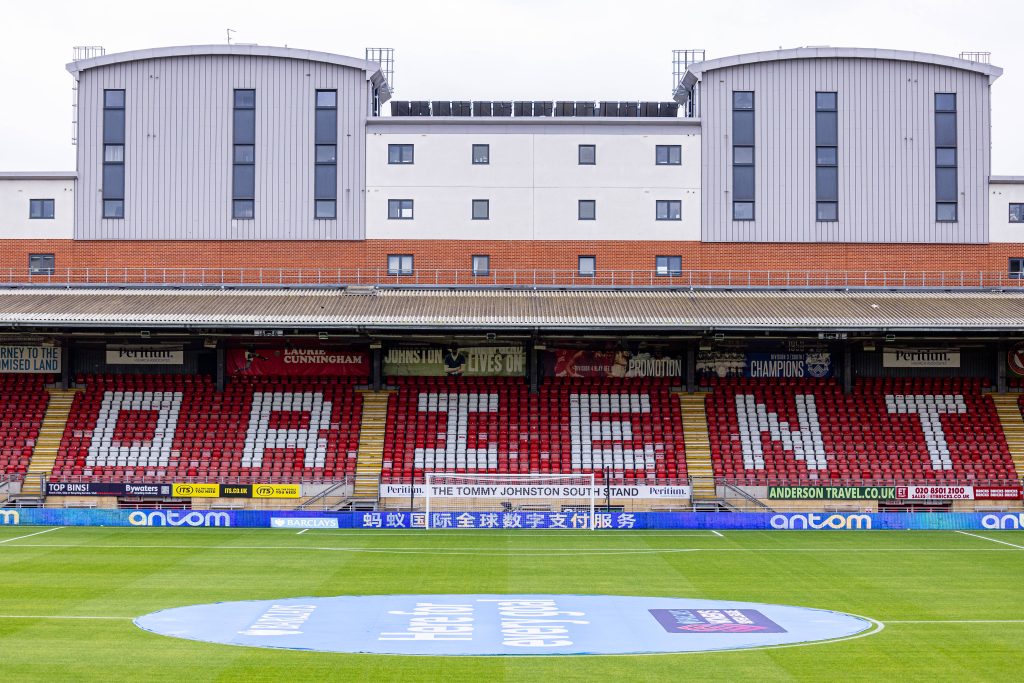
Leyton Orient play their home matches at Brisbane Road, which is located in the E10 postcode in the London football ground map. The ground is served very well by the Leyton tube station. It has a capacity of just over 9270. Built in 1937, the ground has been primarily occupied by Leyton Orient.
Plough Lane – Wimbledon
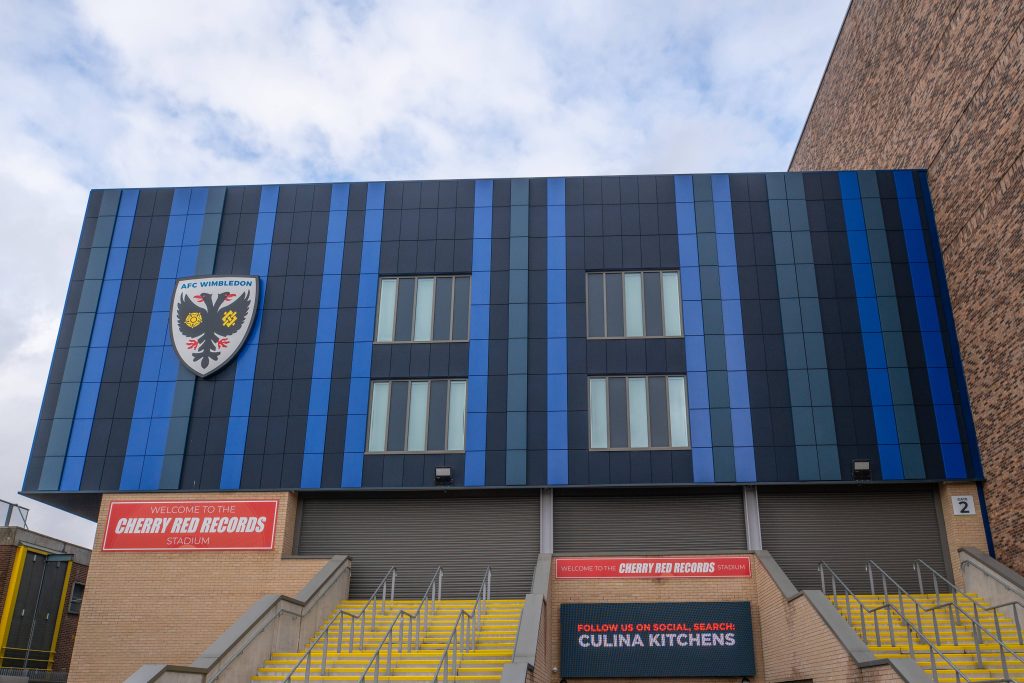
Wimbledon plays their home matches at Plough Lane, a new ground that opened in 2020. Construction took almost a year. The ground is located in Wimbledon and can be served by both the Haydons Road and Wimbledon Park stations. Wimbledon will also share the ground with the rugby league outfit London Broncos as part of the agreement to construct this new ground, which can hold 9215 fans.
Hayes Lane – Bromley

Having first opened in 1938, Bromley's Hayes Lane stadium has been a part of football in London for 87 years. During that time, the Ravens have called the venue home continuously; however, the ground has also been used by other clubs over the years.
Crystal Palace Women, Cray Wanderers and London Lionesses have all played their football at the stadium in that time, the latter of which moved in as recently as 2024.
It may not be as glamorous as some of the other stadiums on this list, but it has had a huge impact nonetheless, and with Bromley moving into their second season in the Football League, that impact could grow further yet.
Hive Stadium – Barnet

Barnet were crowned champions of the National League in the 2024/25 campaign, securing 102 points and will be playing their football in League Two next season as a result.
That also means that their impressive Hive Stadium will be returning to the Football League.
But it won't be for long.
Barnet recently confirmed that the club intend to build a new stadium near their old Underhill home, with the new facility expected to have a capacity of around 8,000.
London football grounds near London attractions
Nearest football ground to the London Eye
The London Eye is one of the most popular tourist attractions in the centre of London. If you are hoping to catch a ride on the huge wheel before or after a day at the football, then your best bet is to watch a game at The Den as Millwall's home is just 3.6 miles away from the attraction.
The nearest football ground to Buckingham Palace
Buckingham Palace is the home of the royal family, and if you want to pay them a quick visit before a day at the football, then you should buy tickets for a match at Stamford Bridge. Chelsea's home stadium is just three miles away from the palace.
Nearest football ground to Tower Bridge
As with the London Eye, the closest football stadium to Tower Bridge is the Den. Incredibly, the home of Millwall is just 1.9 miles away from the famous bridge, which means fans can walk between the spots in around 40 minutes.
The nearest football ground to the London Zoo
A day out at the zoo visiting lions, tigers, rhinos, and the like is often a popular day out for families. If you want to visit a football stadium after a day at the zoo, then the Emirates Stadium is your best bet as it is just 3.1 miles away.
Nearest football ground to Thorpe Park
Thorpe Park is one of the most thrilling theme parks in the United Kingdom, which means it attracts more than one million visitors each year. Thrill seekers should take a trip to the Gtech Community Stadium after a day riding the rollercoasters, as it is just 13 miles away.
Getting around between the different grounds
Due to the public transport options available in London, getting to these different grounds is not a huge challenge. Most of the stadiums are likely to be within walking distance. If not, one can take the tube to the stadium without hassle. There is plenty of connectivity through buses, but the tubes are preferred.
There is no need to pick up additional tickets, as the Oyster transport card will be able to allow tube rides. Plenty of apps are available to plan the journeys, and a London football ground map would also be helpful.
Wembley Stadium is easily accessible from different parts of London. It takes around 30 minutes on the tube from Waterloo and King’s Cross stations. The Emirates Stadium is extremely close to the latter, taking only about 15 minutes. Some of the longer rides are trips to Griffin Park or Vicarage Road, which take around 55 minutes on the tube from the various stations.
FGG says: A melting pot of football
There isn't another city on the planet with as many professional football clubs as London. Although the two biggest clubs in English football are located in the north of England (Manchester United and Liverpool), neither of those cities can hold a candle to the capital in terms of volume.
In the current football landscape, we could soon have Premier League champions from the capital once again. Arsenal are currently the team to beat in the top flight, and they will take some stopping this season.
A special mention should also go to Wembley Stadium for remaining one of the most iconic stadiums in the world. Every footballer from Madrid to Melbourne wants to play at the ‘home of football' and long may that continue.
